Hyundai Ioniq 5 N Review: The First Truly Great Performance EV
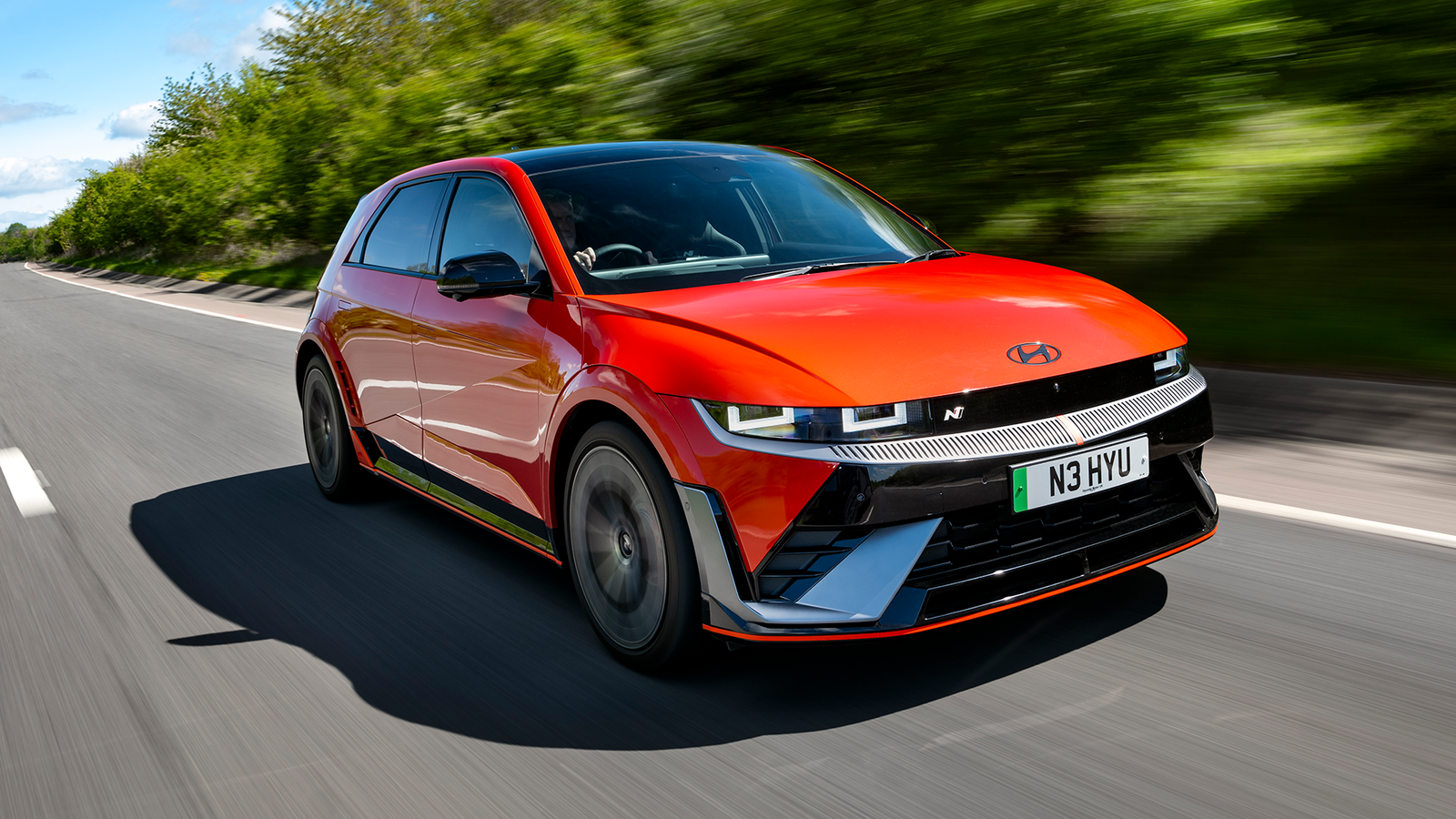
Pros
- It’s an EV that’s genuinely engaging to driveN e-Shift is much more than a clever gimmick
Cons
- Doesn’t need all that powerPoor efficiency, if you care...
Electric cars are often a marvel of engineering in black-and-white terms. There’s no doubt how unbelievably fast they can be thanks to the inherent instant torque and gargantuan horsepower figures that can be achieved.
Equally, the electric motor is the most sensible way to power a vehicle in truth – requiring minimal maintenance, a single gear and offering next-to-no wasted energy in the form of sound.
Can they be fun, though? So far, none are yet to convince me. Once you tire of stabbing the throttle a couple of times, they quickly all begin to feel like one-dimensional soulless appliances. No matter what Tesla Model S Plaid drivers will tell you on the internet.
In contrast, the very flawed nature of the internal combustion engine is what makes them so fun. Having to work them to achieve their peak power, being in control of the gearbox and best of all the sound they emit as a result of the dead dinosaur remnants being set alight is what brings the joy.
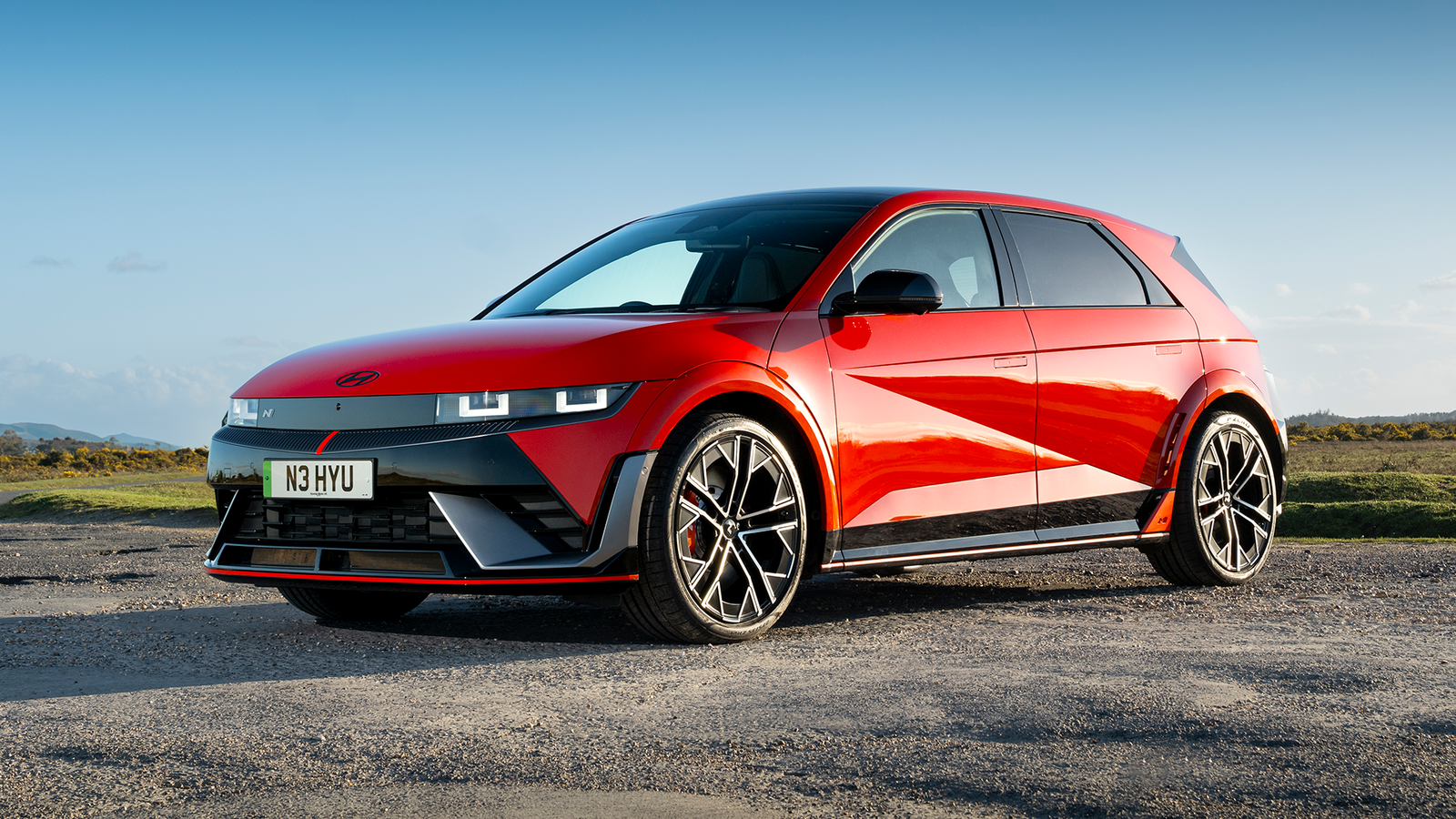
So, what happens when you try to capture some soul by engineering those imperfections into an electric car? Well, you get the Hyundai Ioniq 5 N.
Any manufacturer claiming to make a driver-focused electric car is going to be met with some scepticism at this point in the timeline of the EV, but if anyone could do it, Hyundai has the CV to pique interest. The i30 N and i20 N hot hatches were both magnificent things with no precursors to lean on the heritage of, and this is the same performance division putting ‘Grin Control’ on its cars.
The Ioniq 5 N certainly has the right looks for it. The cyberpunk aesthetic of the base car already looks fantastic, but it’s only even better with some N lipstick on. The aggressive front bumper gives it a serious presence viewed from a rearview mirror, the arches are suitably chunky (bonus points for functional vents) and the rear is pure vaporwave BTCC racer. You could’ve told me this car was designed for Ryan Gosling to use in Blade Runner 2049 and I’d have completely believed you.
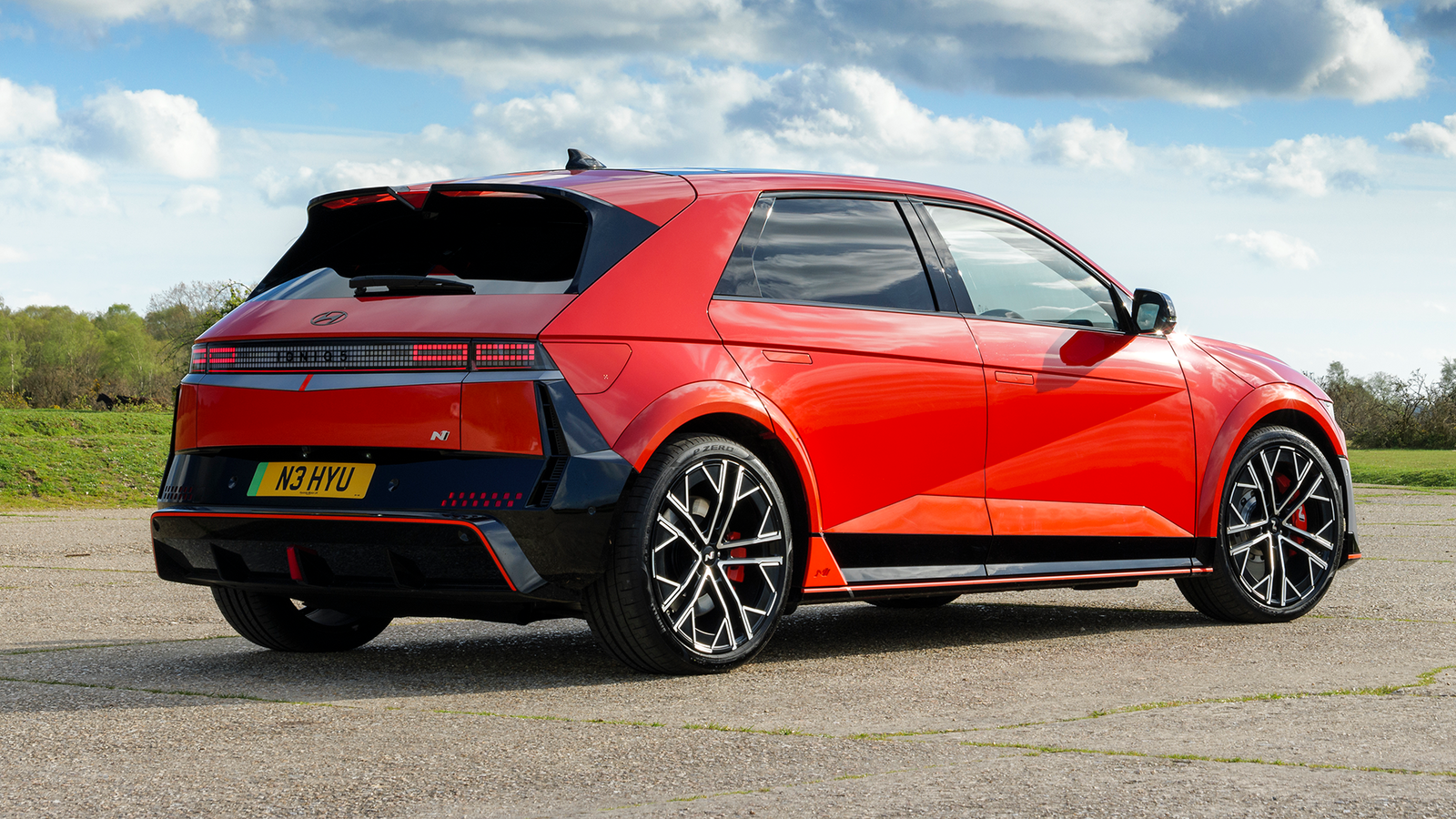
Hopping inside perhaps doesn’t meet you with the same shock and awe as the exterior, but that’s probably a good thing in this case. You do get some rather lovely N-specific seats, a bit of blue pastel trimming and a new steering wheel with a gigantic N-logo adorned with a selection of very important new buttons.
Otherwise, though, it retains the core goodness of the base Ioniq 5 – it’s neatly laid out, uses a healthy amount of physical buttons which can’t be said for many EVs and has a sensible, responsive if a little subdued infotainment system.
That is, until you put it into N Mode. With this engaged, the 12.3-inch digital display in your eye line pops up with graphics seemingly ripped straight from a ‘00s arcade racing game and a plethora of customisable options appearing on the central display.
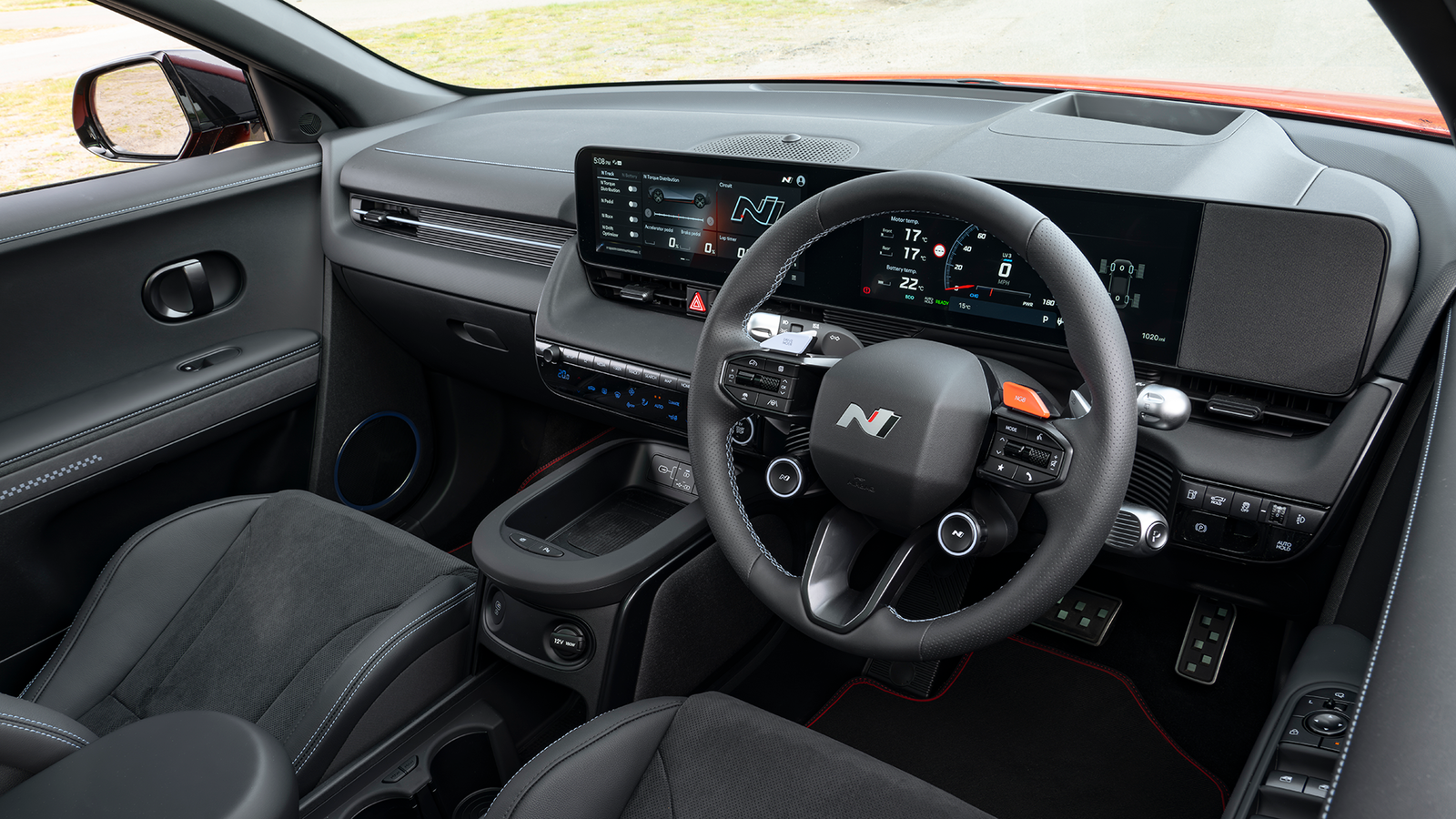
You see, Hyundai has done more than simply remap a dual-motor Ioniq 5 to 641bhp and 568lb ft of torque. Much more, in fact.
There’s all the new tech for a start – including the addition of an electronic limited-slip differential, torque vectoring and a reprogrammed ESC system. Most importantly, physical changes are comprehensive with a new steering rack designed to offer more feel, 42 extra welding points on the chassis and integrated drive axles to cut unsprung mass. In short, serious moves have been made to make this a driver-focused car.
So, when you find yourself enough of a road to plant your foot down from a standstill, it might be a little disappointing to learn that it can feel like any other EV. It’s quick and you’ll get a bit of synthetic engine noise, but you’re not really getting any drama.

However, there’s a real party trick to the 5 N – e-Shift. This is a system that’s been designed to electronically replicate an eight-speed dual-clutch gearbox paired up with an internal combustion engine, artificially altering peak power and torque through a ‘rev’ range requiring you to pick your own ‘gears’.
It sounds like a ridiculous gimmick on paper, but the effect is unexpectedly profound. The default ‘Ignition’ sound effect will have you believe there’s an i30 N-sourced 2.0-litre four-pot hiding under there complete with a pop-and-bang map, and putting your foot down will only add to that. You can switch between two others – including a sound nabbed from the Hyundai Vision Gran Turismo and, for some reason, a fighter jet – but neither is as convincing.
Yes, it really does feel like you’re making an engine work for its power. That inherent flaw of progressive delivery, having to pick the right gear at the right time and feeling the reward of getting it right feeds through here. Best of all, it’s surprising how quickly it feels natural rather than artificial and your brain is easily tricked.
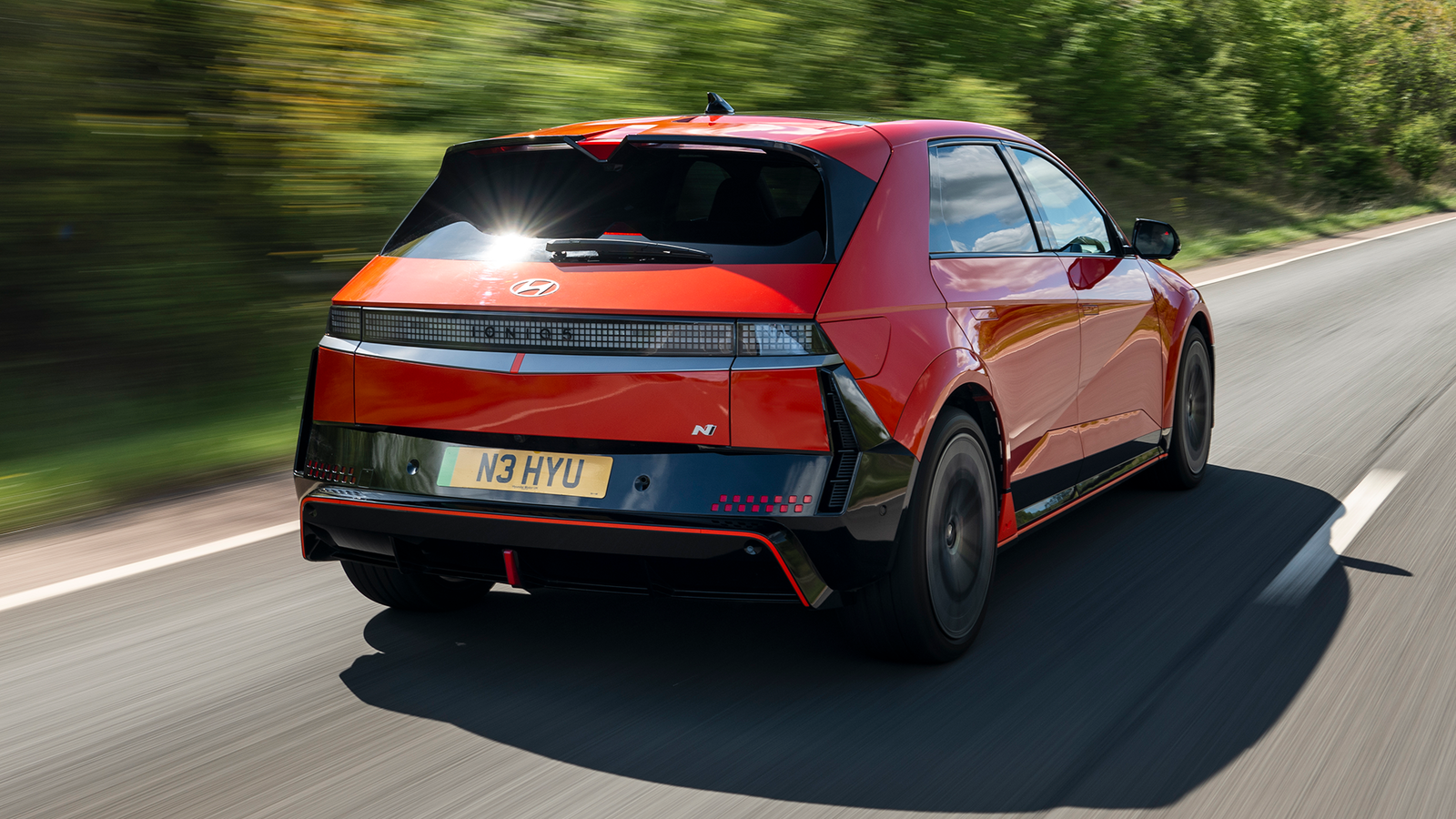
Those physical alterations to the 5 N have made a world of difference too. Despite weighing in around 2.2 tonnes, it feels sharp to turn in and very keen to attack corners. There’s a bit of rear bias as well, and its factory-clad Pirello P Zeros offer enough grip without totally muting the experience. Braking is taken care of by new 400mm discs front and 360mm rear, and the transition from motor regen to the physical items is seamless – which is rarely something that can be said for EVs.
There’s a sense the car would be better still if you shaved a couple of hundred kilos from that somehow, even if that came at the cost of power in the form of smaller motors or a lower-capacity battery. Honestly, this is not a car that needs 641bhp – as with all great performance cars, the reward comes in working for its power. Even with 200bhp less, this would be a very, very sweet thing.
That said, if you cut the battery size down, your realistic range figures would go from ‘not great’ to pitiful. WLTP figures say you’ll manage 278 miles on a stop, and two hours of me trashing the thing for a 2.2mi/kWh figure would suggest 184 miles between stops. Expect somewhere around 200 to be more likely in mixed driving. Poor in the context of a normal EV, really, but you wouldn’t buy an internal combustion performance car for its efficiency, would you?
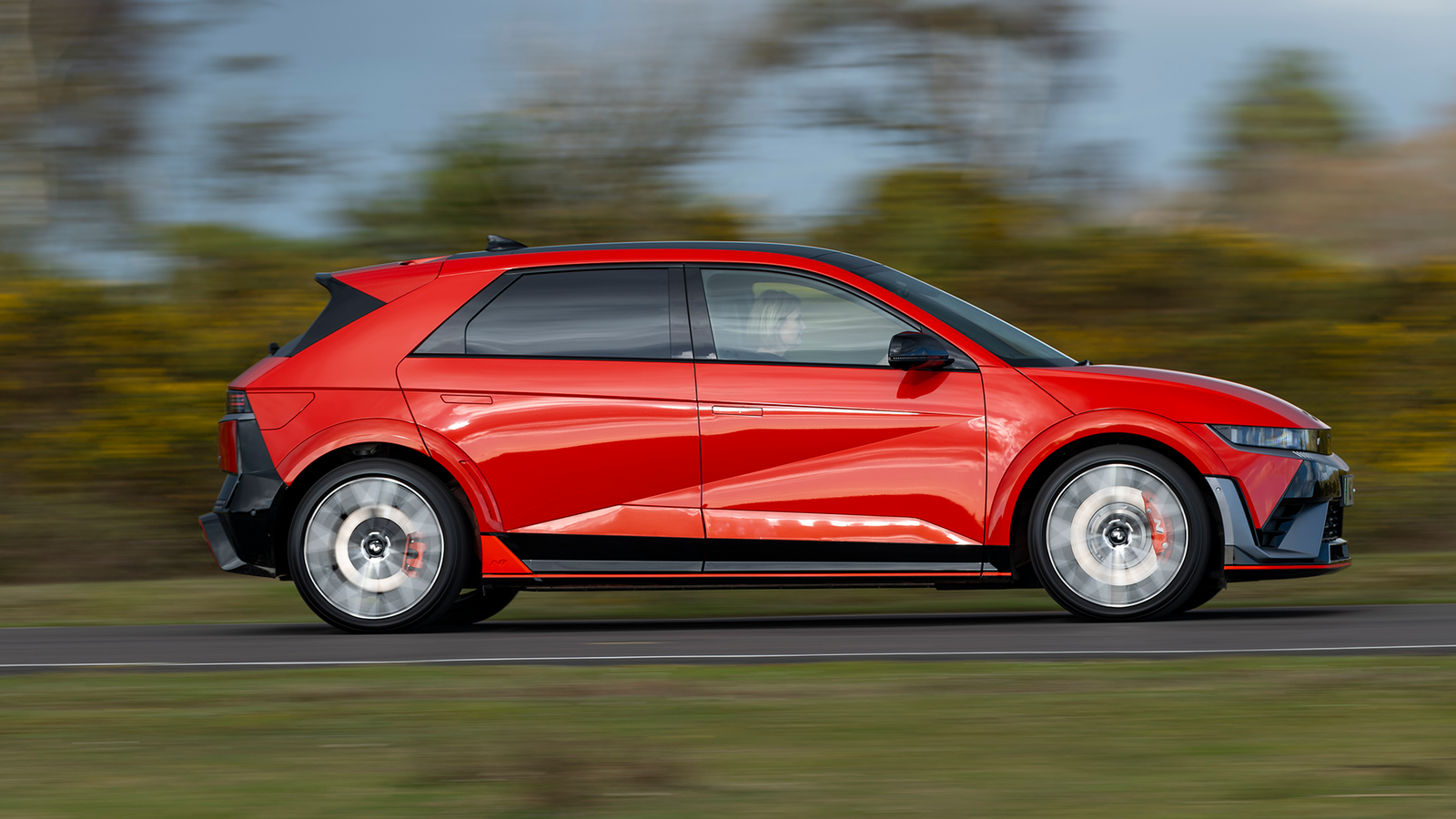
When you decide to stop driving like an arse, you can switch all the N gubbins off and take in what still feels like 90 per cent of the pleasant Ioniq 5. It rides harsher as a result of its 21-inch wheels and altered dampers, but it’s by no means an uncomfortable car.
It is an expensive one, mind you, at £65,000 – a whopping £10,000 more than the next-best Ioniq 5. Yet, given we live in the world of a £50,000 Honda Civic Type R, that doesn’t seem so bad for the performance on offer.
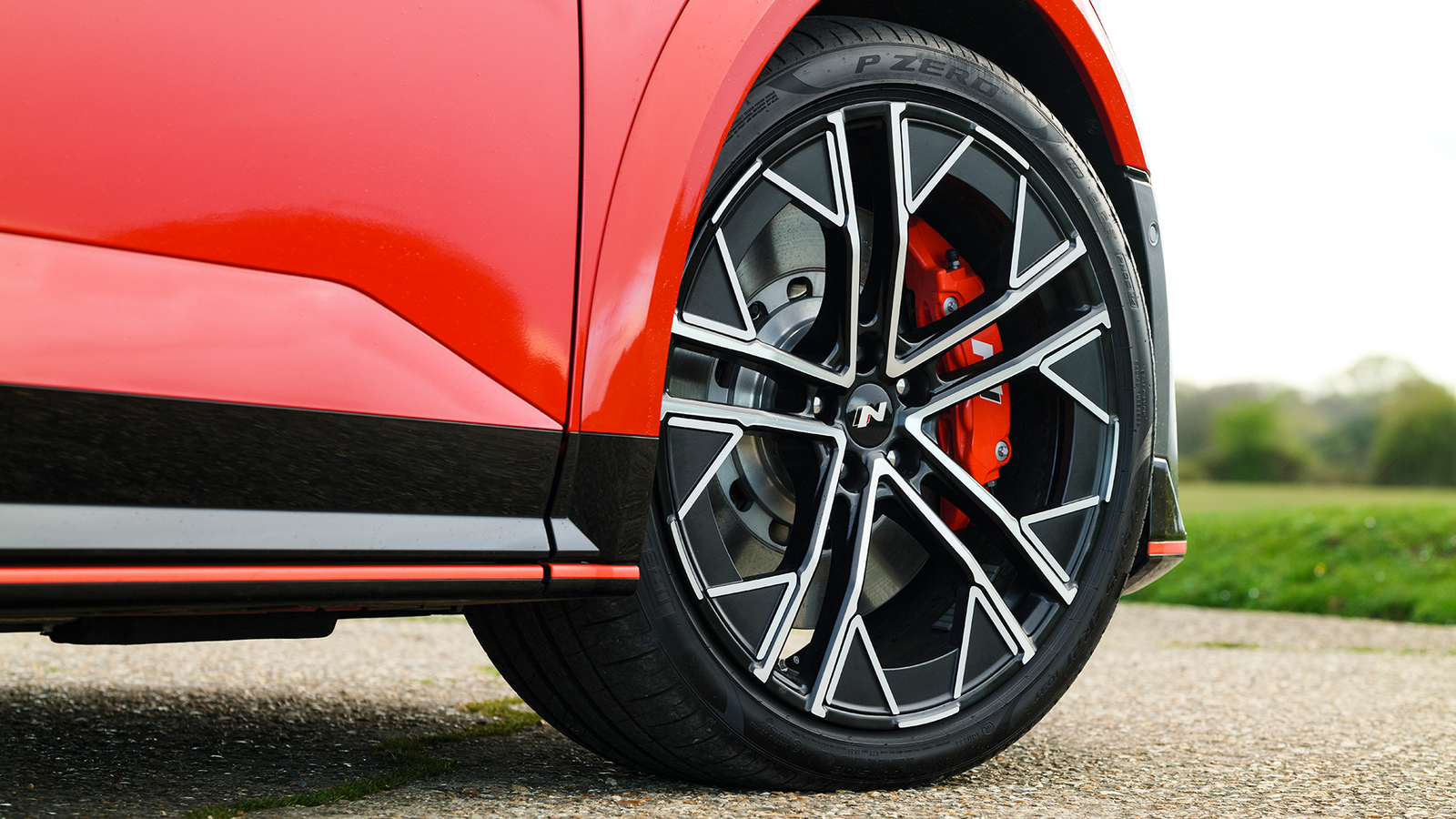
In isolation, the Hyundai Ioniq 5 N is an absolutely fantastic, genuinely engaging and appealing vehicle. Beyond that though, it’s the first car to truly prove that electric cars can be fun.
Better performance EVs may arrive in years to come, especially if Hyundai itself keeps taking its own sub-brand in this direction, but this truly feels like a milestone moment in the history of the enthusiast car. If the future really is all-electric, this is a sign that the fun will still come.
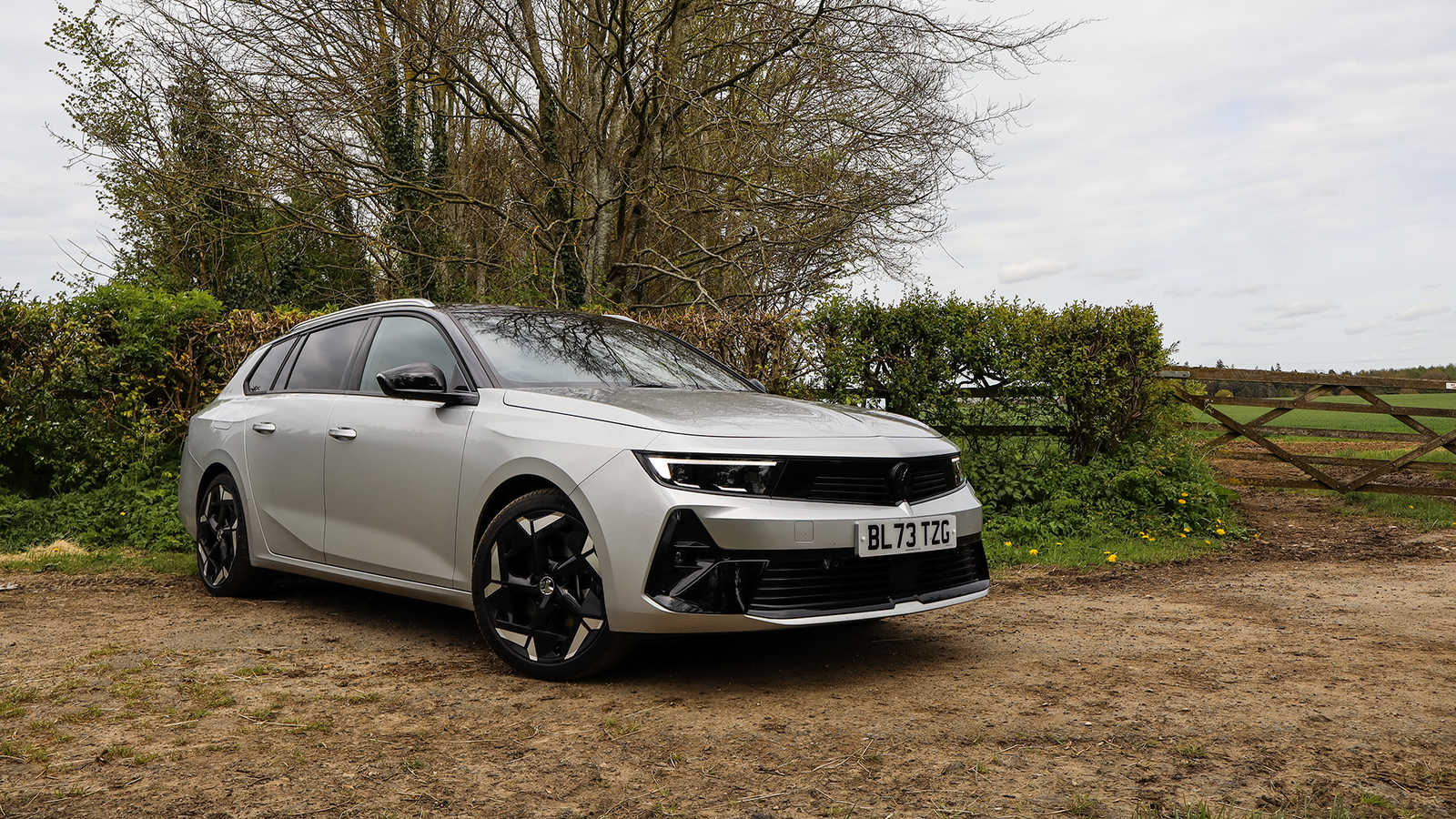


Comments